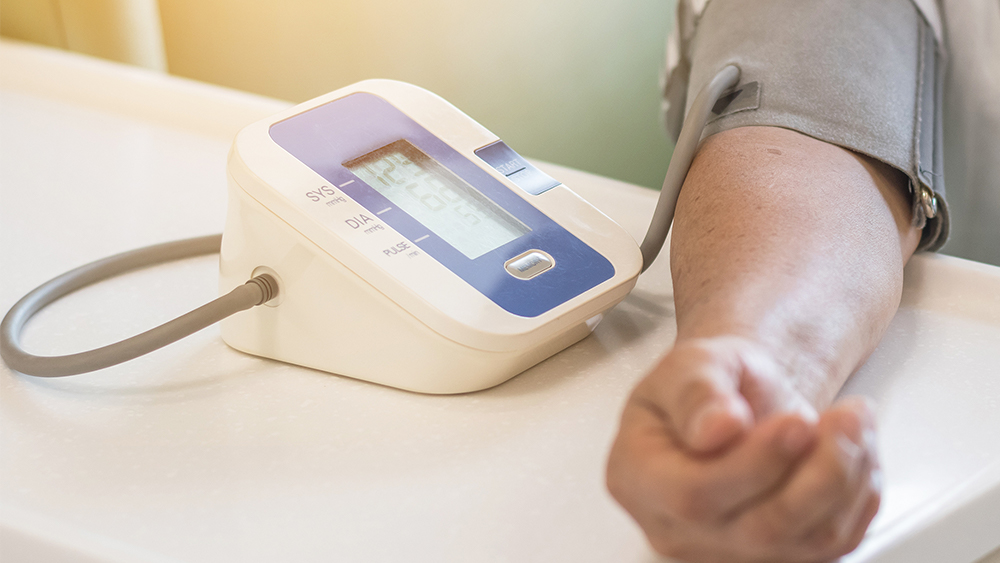
Many Texans, particularly the poor and elderly, live in areas that are far from medical care. Telemonitoring, the use of technology to monitor a patient’s health status remotely, is an emerging medical practice intended to help these patients.
Researchers from the Department of Industrial and Systems Engineering, the Department of Health Policy and Management and the health care industry have collaborated on a report that reviews the importance of telemonitoring technology for the Texas population.
The report reviewed the successful implementation of a semi-autonomous home health monitoring system that measures the blood pressure and/or blood glucose level of a patient and alerts medical staff when either hits a dangerous level.
If an alert occurs, the staff would then contact the patient to determine if the situation reported by the system was accurate and if they need medical assistance. This report is a beginning step to show how telemonitoring technologies can positively impact individuals, especially those living in rural areas.
“This system can help clinicians focus on the patients that need the most attention, even if they are located remotely,” said Dr. Hye-Chung Kum, associate professor in the School of Public Health at Texas A&M University Health Science Center and principal investigator on the report. “Cost-effective, semi-automated telemonitoring systems have the potential to improve the health of the population through increased access to quality medical care.”
While the report found that telemonitoring provided many benefits, there are still some challenges to be worked out in the adoption of this technology.
Cost-effective, semi-automated telemonitoring systems have the potential to improve the health of the population through increased access to quality medical care.
“We must address organizational, cultural and societal barriers by involving a wide range of stakeholders in our research, including the staff and medical assistants who receive, organize and summarize the telemonitoring data, in addition to physicians who review this data,” said Dr. Farzan Sasangohar, assistant professor in the Department of Industrial and Systems Engineering and co-author of the report.
The way a clinician’s office is set up can create a disconnect between the individuals receiving data and those making decisions based on the data. This disconnect can block the effectiveness of the telemonitoring system and these challenges will be addressed in future research.
“What we learned through this research will help us address the challenges that arose and improve the system for future research and implementation in clinics,” said Dr. Mark Lawley, department head of industrial and systems engineering and co-author of the report. “By using the information we have gathered and continuing to improve our knowledge of the pain points in the system, we will help bring telemonitoring technologies to those Texans who need it most.”
We must address organizational, cultural and societal barriers by involving a wide range of stakeholders in our research.